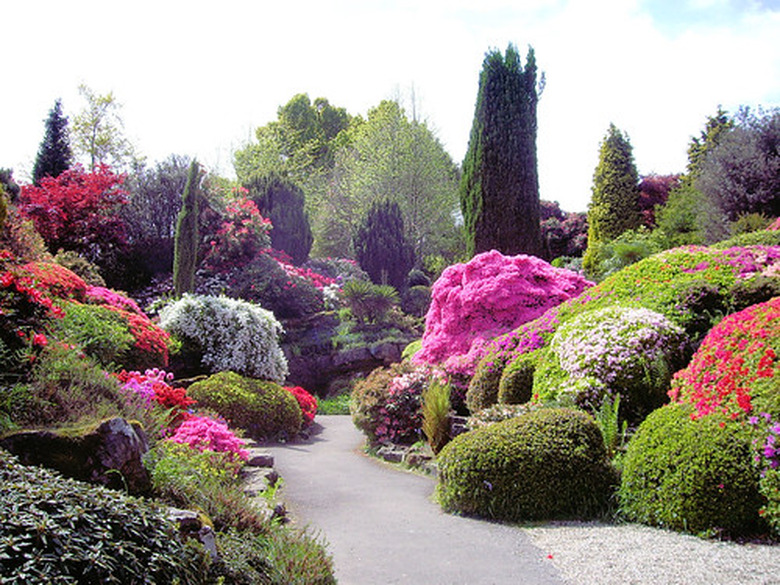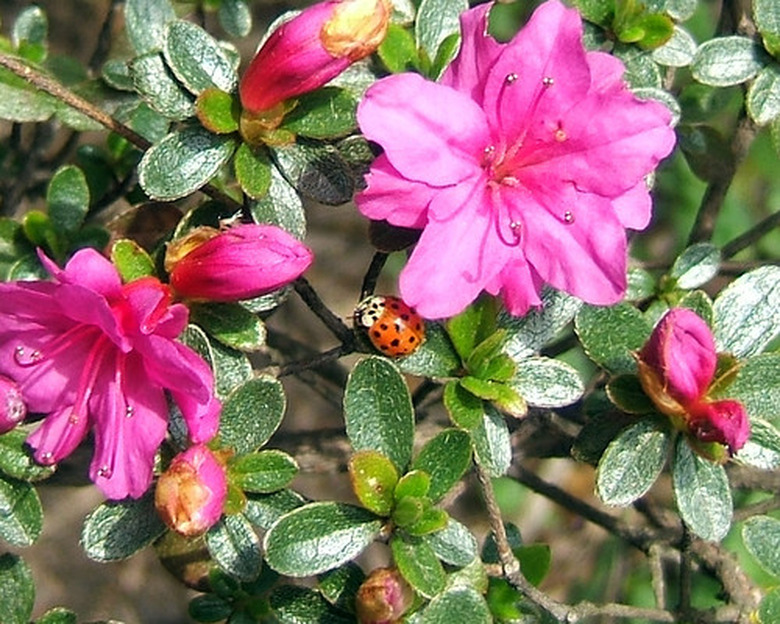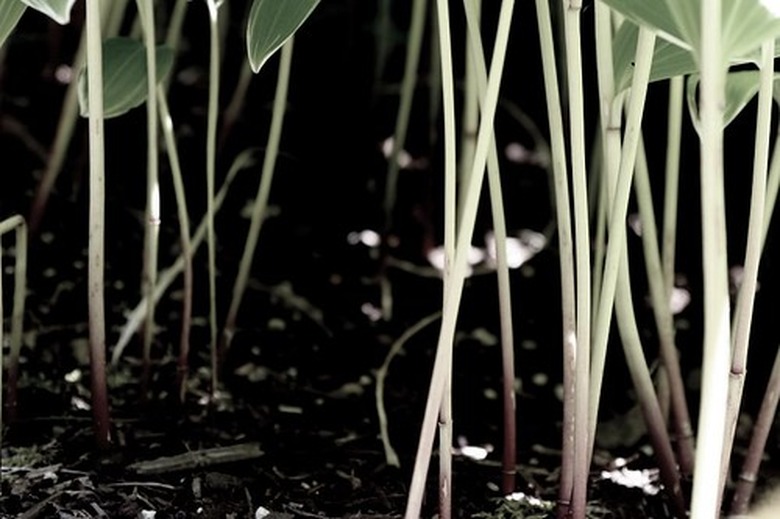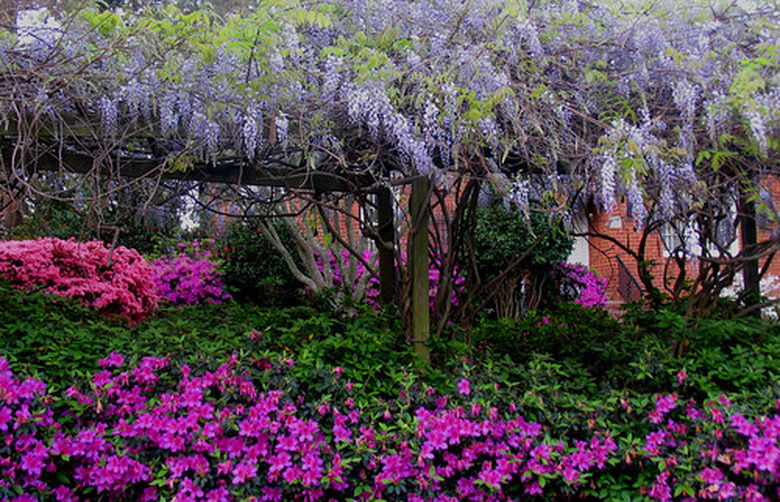Azalea Care & Coffee Grounds
Azaleas produce some of the most stunning blooms in the plant world. With ten thousand hybrids in North America, choices of color, height, bloom frequency and sun tolerance are endless. Azaleas are an acid-loving plant. Without the proper level of acid in the soil, the plants will fail to thrive and bloom. Surprisingly, an excellent source of acid is your very own coffee grounds. If you don't drink coffee, many coffee shops are happy to donate their grounds.
Description
Azaleas are in the genus Rhododendron and are either species or hybrids. Species are plants that are interbred and isolated from other populations. Hybrids are crosses between other species or hybrids. There are over 10,000 hybridized types of azaleas. Azaleas native to North America are all deciduous (lose their leaves in the fall), with flower colors ranging from pink and white, to purple, yellow, red and orange.
- Azaleas produce some of the most stunning blooms in the plant world.
- Azaleas native to North America are all deciduous (lose their leaves in the fall), with flower colors ranging from pink and white, to purple, yellow, red and orange.
Growing Environment
Azaleas grow best in moist soil with good drainage. They need soil that is acidic in order to thrive and produce brilliant blooms. Moderate temperatures are required and most varieties need nearly full shade. A few varieties, however, do well in sun. Pruning azaleas should be done after they bloom.
Fertilizing
Azaleas need a more acidic soil. Coffee grounds have a soil pH of 6.2, which is slightly acid, making it a perfect choice for azaleas. Whether the grounds are mixed with the soil or scattered around the plants, the effect will be positive. In addition, coffee grounds contain nutrients and are a good soil enhancer. If you are planting azaleas, place coffee grounds in the hole before inserting the plant.
- Azaleas grow best in moist soil with good drainage.
- In addition, coffee grounds contain nutrients and are a good soil enhancer.
Coffee Ground Types
The nutrients contained in both caffeinated and decaffeinated coffee beans are alike, so it doesn't matter which type of grounds you use on your azaleas. There has been concern over the specific process used in decaffeinating the beans. The Swiss water method is absolutely pure, whereas the cheaper direct method uses chemical solvents. However, the roasting process removes almost all traces of chemicals.
Warnings
Using coffee grounds as a stand-alone mulch can create a type of water repellent barrier over time. This induces the growth of mold. To avoid this, mix the coffee grounds with grass clippings, chopped up leaves or any other compost material.
- The nutrients contained in both caffeinated and decaffeinated coffee beans are alike, so it doesn't matter which type of grounds you use on your azaleas.





